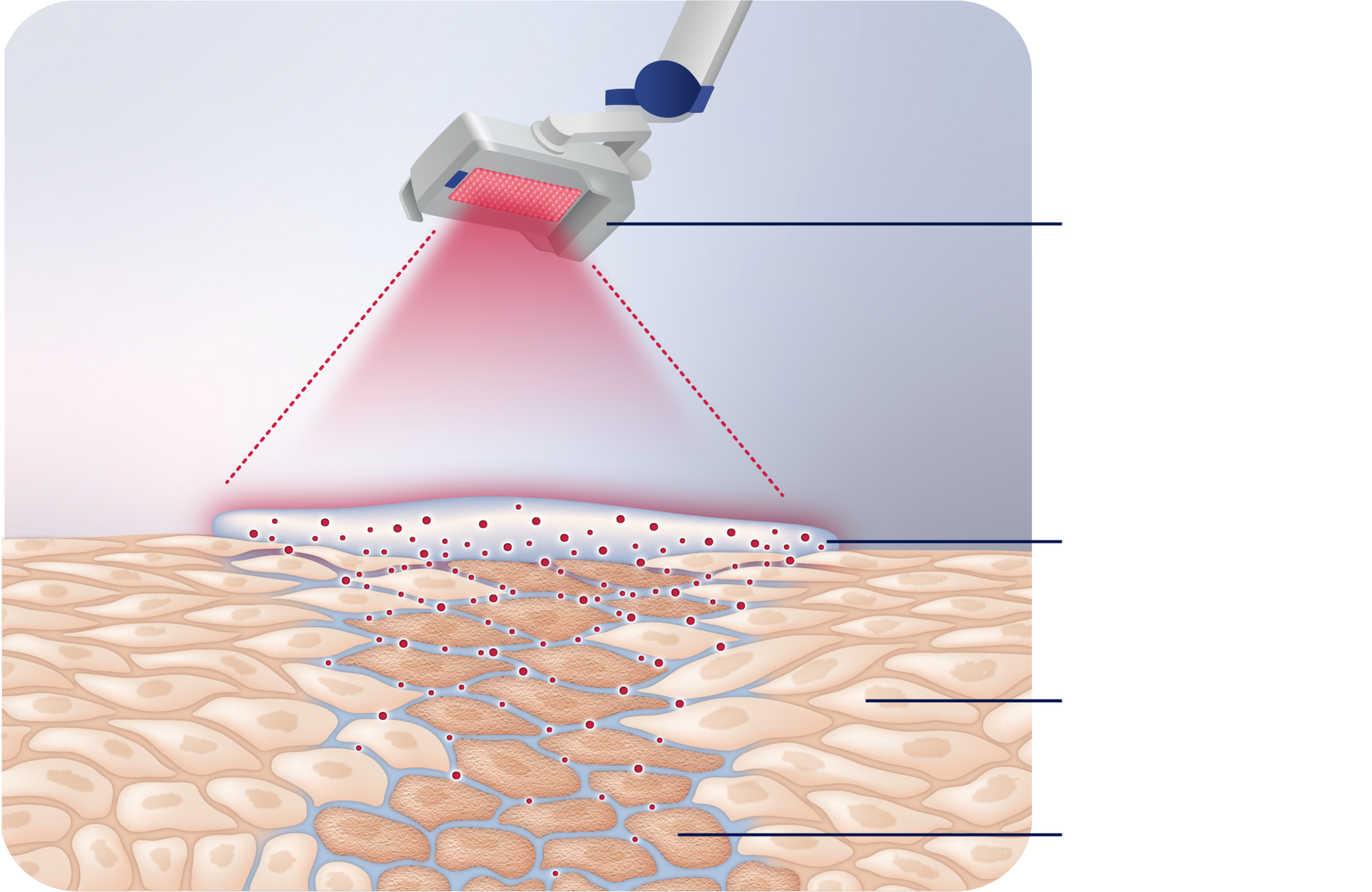
In winter, as the temperature drops and the sunshine time decreases, our skin often undergoes some changes, including dry skin, uneven skin tone, slowed blood circulation and other problems. These problems not only affect the beauty of the skin, but may also affect our overall health. As a safe and effective treatment method, phototherapy plays an important role in winter.
1. Promote the activity of melanocytes
The intensity of ultraviolet radiation from sunlight decreases in winter, and the amount of ultraviolet radiation received by the skin is limited due to the wrapping of clothes. A moderate amount of sunlight can promote the growth of melanocytes, which is beneficial to maintaining skin health. In the case of insufficient ultraviolet radiation, phototherapy can be used as an effective supplement to strengthen the activity of melanocytes and promote the gradual return of melanocytes to normal. This is especially important for the treatment of hypopigmented skin diseases such as vitiligo.
2. Repair the skin barrier function
The dry climate in winter can easily destroy the barrier function of the skin, leading to skin moisture loss and increased sensitivity. Phototherapy can penetrate the skin through light of a specific wavelength, stimulate the regeneration and repair of skin cells, thereby enhancing the barrier function of the skin and improving the ability to resist external stimuli.
3. Inhibit abnormal immune response
Phototherapy can also induce apoptosis of memory T lymphocytes in the skin, inhibit abnormal immune response in vitiligo lesions, and effectively protect melanocytes. This effect helps reduce the occurrence of inflammation and relieve the discomfort caused by skin inflammation.
4. Improve blood circulation
The temperature is low in winter, blood circulation slows down, and the skin is prone to paleness and lack of luster. Phototherapy can promote blood circulation and restore the skin to redness and vitality by stimulating the metabolic activity of skin cells.
5. Relieve skin problems unique to winter
Skin problems unique to winter, such as chapped skin and frostbite, can also be relieved by phototherapy. Phototherapy can promote keratinocytes to release cytokines that are beneficial to the function of melanocytes, enhance the ability of melanocytes to produce melanin, thereby improving uneven skin color and brightening the skin color.
6. Positive psychological effects
The lack of sunlight in winter, coupled with the cold climate, makes people prone to low mood and depression. Phototherapy not only helps to improve skin condition, but also improves mood and relieves psychological problems such as winter depression by regulating the nervous system and endocrine system.
7. Safety and convenience
As a non-invasive treatment method, phototherapy has the advantages of high safety and few side effects. It does not require the use of any drugs, so there will be no problems such as drug allergies or side effects. At the same time, the treatment process of phototherapy is also very convenient. Patients can receive treatment at home or in medical institutions without long-term hospitalization or leave.
In summary, phototherapy plays an important role in winter. It can not only promote melanocyte activity, repair skin barrier function, inhibit abnormal immune response, and improve blood circulation, but also relieve winter-specific skin problems, improve mood and improve quality of life. Therefore, for winter skin care and health maintenance, phototherapy is undoubtedly a recommended treatment method. Of course, when receiving phototherapy, patients also need to be under the guidance of professional doctors to ensure the safety and effectiveness of the treatment.